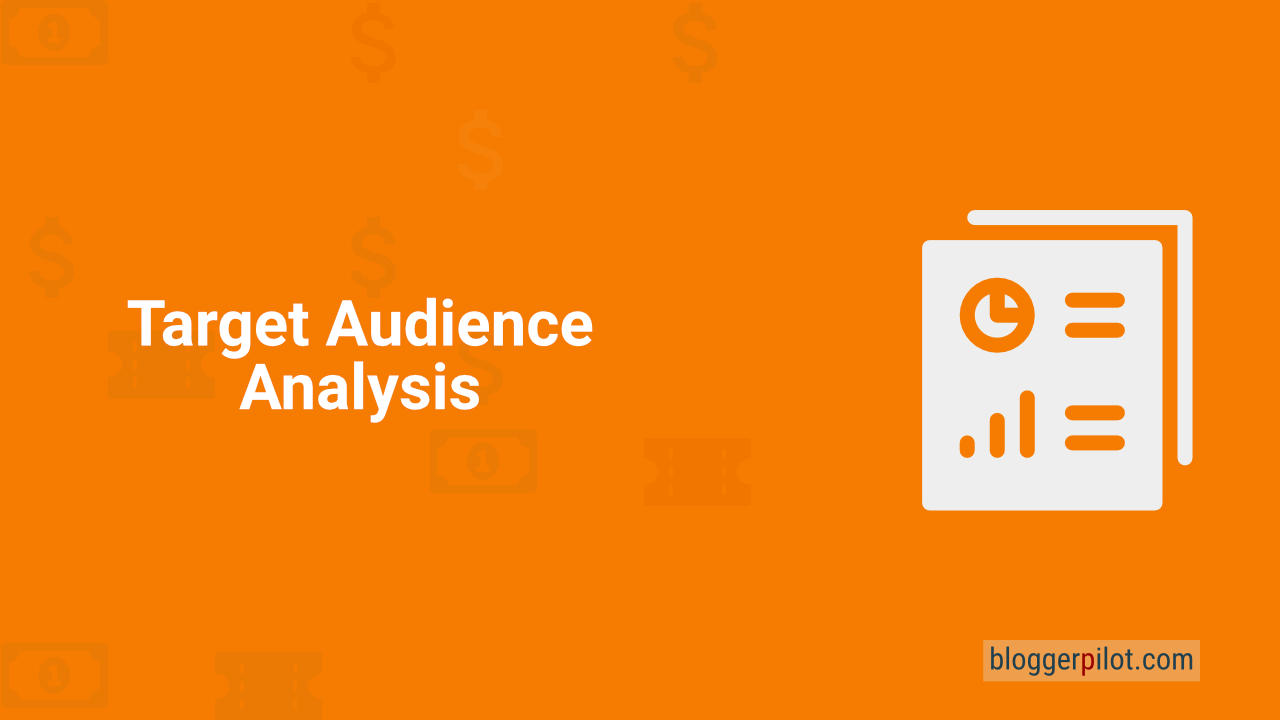Target Audience Analysis: The Basis for Successful Sales and Marketing Activities
Your marketing strategy is like a navigation system that takes you directly to your business and marketing goals. It includes specific goals that you strive for in the medium and long term, and it influences your entire marketing mix. You develop a successful strategy based on a market analysis.
One component of market analysis is target audience analysis. Suppliers carry out target group analyses in order to get to know and understand their target group better. The analyses show which needs, interests and wishes a target group has. Content is created and marketing measures are initiated on this basis.
To create the perfect marketing mix for each product or service in your portfolio, you need to get to know your buyers and prospects. With a target audience analysis, you find out which interests, wishes, and needs to connect to your target group. From this, you can deduce their buying behavior, among other things. You can then initiate suitable marketing measures to achieve your goals.

Vorlage mit drei Schritten
Direkt in deinen Posteingang 👇
The difference between target audience and target market
Knowing the difference between target audience and target market is essential for any salesperson, marketer, or entrepreneur.
The target market is defined as the entire group of people to whom a brand wants to sell. In contrast, the target audience is much narrower; it is a specific group of people that the company expects to buy the product.
What are the benefits of a target audience analysis?
And why is it worth creating different content for different target markets?
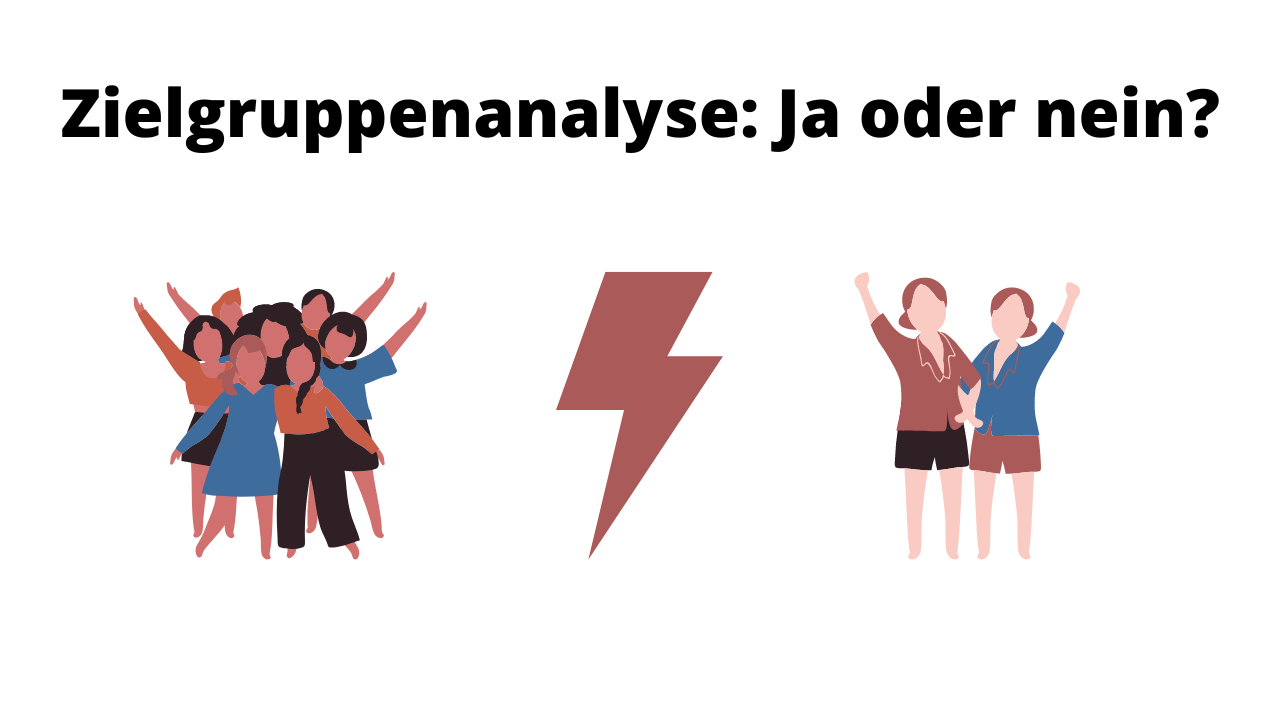
Classic advertising is often criticized for requiring large budgets, but not always achieving the desired results. The problem? The advertising is very general and should appeal to as many people as possible. It is then seen by many potential buyers, but not necessarily by those who actually have a need or interest in it.
The opposite of such mass advertising is target group-oriented marketing. Here, the broad masses are deliberately not addressed, but only a specific group of people, the so-called target group. They all have the same need or face the same challenges. Your goal is to reach them with a tailored approach and present your solution to their issue. There is hardly any wastage due to your target group-oriented approach.
With the results of your target audience analysis, you can create a buyer persona: your fictitious ideal customer. You develop a marketing mix for him that will get him to do exactly what you want him to do. This could be the purchase of a product, for example. You may even awaken desires and needs in your target group that they themselves didn’t know they had.
Let’s say you want to sell motorcycles. The target group definition “male and aged 30 to 50” is better than nothing, but with the buyer persona, you can go into more detail. For example, if you add the factors of interests, monthly income, occupation and position, and residence, you can create optimized ads for BMW motorcycle riders, motocross riders, and Harley riders.
Audience analysis gives you several advantages:
- Minimizes wastage
- Simplifies your planning and costing
- Makes your success scalable
Wondering what scalability is all about? Spending time with family, hobbies, and friends is becoming increasingly important. A few years ago, many tended to work as much as possible to earn as much as possible. Today, many entrepreneurs are taking a closer look at how to work as efficiently as possible to have as much spare time as possible. With the right levers, you can use audience analysis to scale your sales and other areas. Example: If your ad always generates new customers from 60-65% of ad recipients, then you can scale your lead generation with ad cadence.
What is the difference between a target audience and a buyer persona?
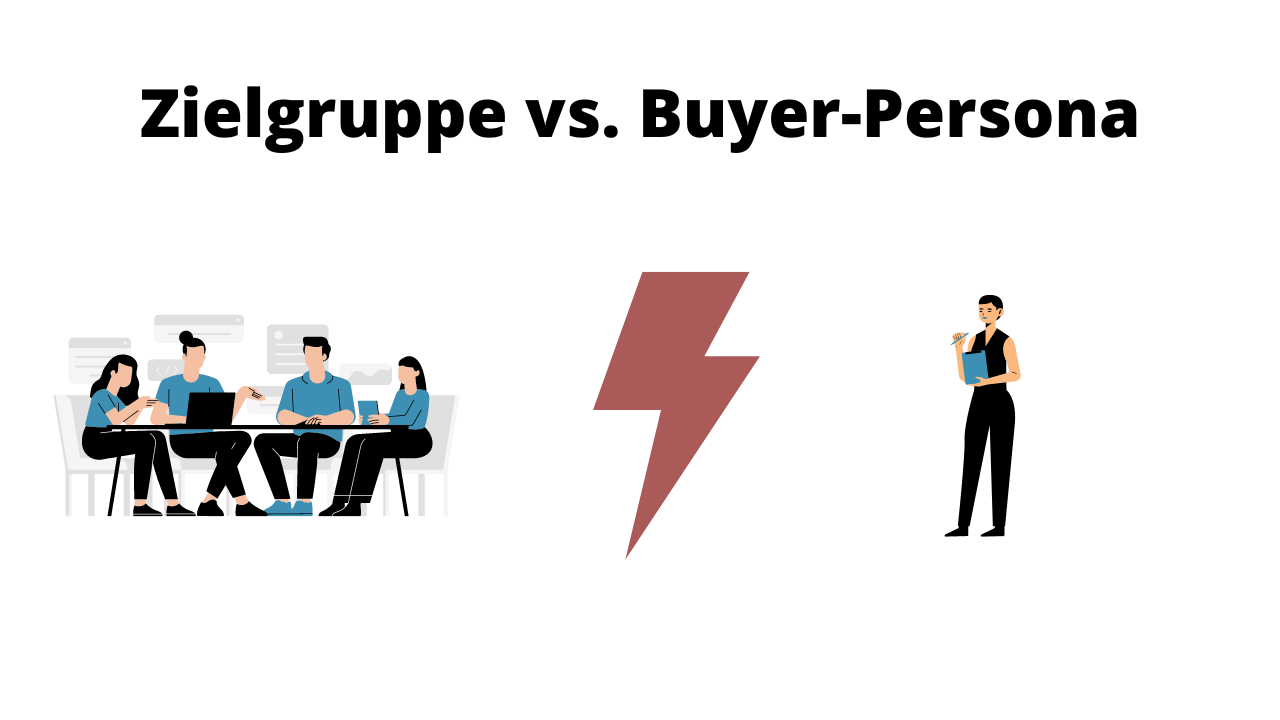
A group of people you want to reach with your marketing efforts is your target audience. These people have the same characteristics that you can use to determine them. A buyer persona, on the other hand, is a fictitious person that you create using the data from your target audience analysis. It is therefore your ideal customer description for which you create a marketing mix.
Target audience analysis in 4 steps: How to determine your target group
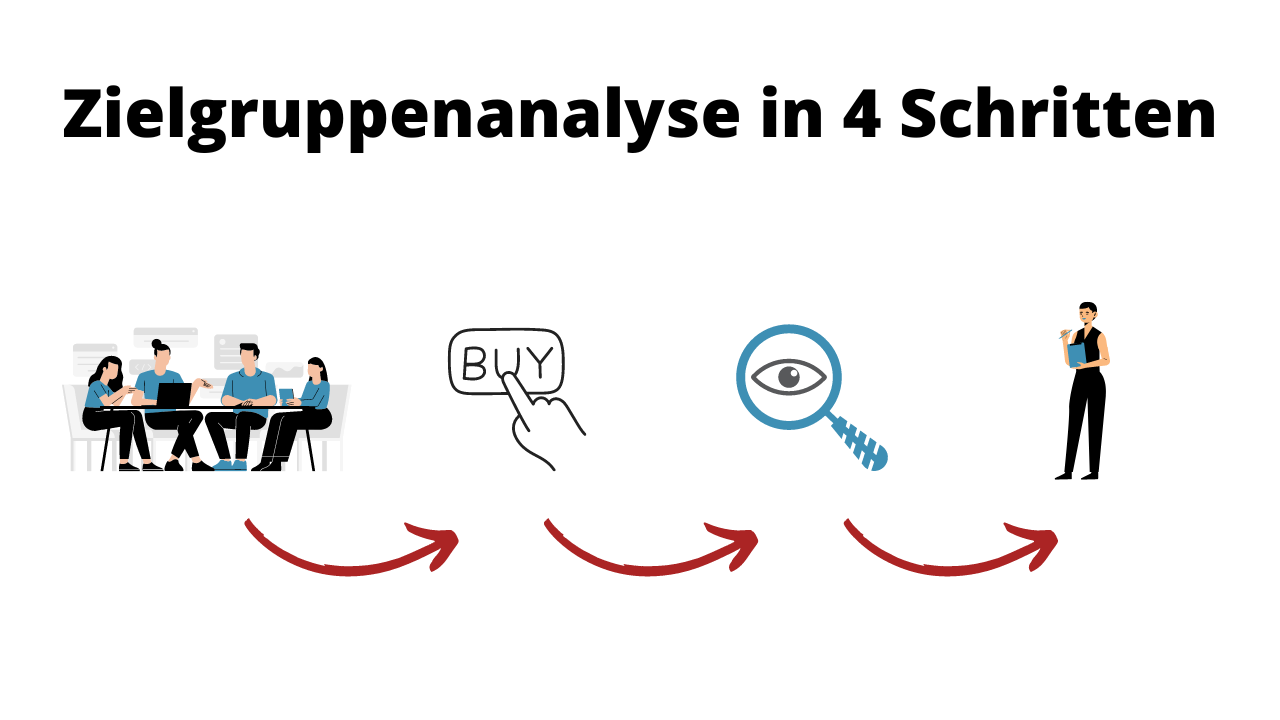
A target Market analysis consists of 4 concrete steps. Download my free guide with templates here. Then all you have to do is fill out the templates, and you’ll have a complete and meaningful target audience analysis, including a desired customer persona!
1. Define your target group
Which group of people needs your solution? You have probably already thought about this at the beginning of your business. You require the target group definition to analyze your target group.
2. Analyze the buying behavior of your target group
To develop the perfect customer journey for your target group, you need to know what makes them tick and which triggers make them act in which way. Analyze and evaluate the following criteria:
- Purchase motive: What moves your target group to buy?
- Influencing factors: Who influences the purchase decision?
- Brand preferences : Does your target group like certain brands?
- Point of sale: Which sales channels do they choose?
- Purchase frequency: How often does your target group buy?
- Time of day: When does your target group shop?
- Price sensitivity: What is your target audience’s budget?
- Income: What income does your target group have?
Ideally, you have already collected data about your target group and now only need to filter and evaluate it. If you still need to gather relevant data, you can use these methods:
1. Collect qualitative data through personal conversations with ideal customers
The most valuable information is usually obtained in personal conversations. To do this, select the customers from your customer base with whom you would most like to work. Develop a questionnaire or a guideline for the interview. At the end of the interview, ask if the person you are talking to can recommend someone who would also be willing to talk to you, because ideal customers know ideal customers!
Advantages of an oral interview with the ideal customer:
- You get honest statements.
- It strengthens your bond (signals to him that you value his expert opinion).
- You can read between the lines in the conversation.
Disadvantages of an oral interview with the ideal customer:
- The effort is relatively high.
- It is relatively difficult to get many suitable interlocutors to the table.
- Anonymity is not possible.
Tips for successful interviews with ideal customers:
- Plan no more than an hour for an interview, because your ideal customer is sure to be busy.
- Use both specific and open-ended questions. The open-ended questions can be quickly checked off and easily evaluated. The open-ended questions give you a better picture of your ideal customer’s view/emotions. The feedback usually contains information that you can’t get from closed questions.
- Find out about your interviewer yourself on the web and on social media beforehand. It will save you time and leave a good impression if you are well prepared. Then you can focus on the content he won’t reveal to everyone.
2. Collect quantitative data through written surveys:
If you want your focus to be on quantity, a written survey is a good fit. There are many tools that allow you to create surveys for free and mail them to your target audience. Unlike face-to-face interviews, you should leave no room for digression here. This large amount of data should be as easy as possible to answer and evaluate.
Advantages of a written survey of your target group:
- The effort is relatively low.
- There are many free tools.
- Anonymous execution is possible.
- Surveys are ideal for collecting large amounts of data.
Disadvantages of a written survey of your target group:
- Unqualified statements can falsify the result.
- You only get a (disjointed) snapshot of your target group.
- You can’t read between the lines.
Tips for successful written surveys:
- Keep it short so that participants don’t spend more than 5 minutes on your survey.
- Make sure the technology works and the interface is user-friendly.
- Ask closed-ended questions so they can be easily answered and analyzed.
- You can include an optional open-ended question at the end where participants can add something if needed.
3. Collect data automatically with digital tracking
Digital tracking is usually used to complement one of the first two methods. It’s quick and cheap (or even free), though not always particularly meaningful. Google Analytics is a popular free tool for tracking who is behaving online and how.
Advantages of digital tracking:
- You have no manual effort.
- Free tools are available.
- It’s ideal as a supplement for the first two methods.
Disadvantages of digital tracking:
- Sources from the Internet are not always trustworthy.
4. Involve external market research
If you don’t want to collect the data yourself, you can buy data from external market research surveys.
Advantages of external market research:
- It saves you from collecting data.
- Operational blindness is eliminated.
Disadvantages of external market research:
- Market research can be expensive.
- There may be a lack of industry knowledge.
3. Evaluate your results
Whichever way you choose to get meaningful data, the next step remains the same. Now you have to analyze your data.
You can now categorize sociodemographic characteristics (e.g., family status), socioeconomic characteristics (e.g., education level), psychological characteristics (e.g., mindset), sociological characteristics (e.g., norms), buying behavior (e.g., purchasing power), the time aspect (e.g., buying cycles), and geographic characteristics (e.g., sales channels).
4. Create your buyer persona
A buyer persona is a fictional person that you create from your insights. In a way, it is the summary of your target audience analysis.
Humanize her as much as possible because her profile is the basis for everything else. Based on their characteristics, you can now put yourself in your target group’s shoes and understand why they do what they do. You know their needs, their fears and exactly what makes them tick. From now on, you can incorporate these insights into your marketing strategy, your approach, and your content.
Example of a target audience analysis

A detailed target group analysis for a cooking box made of sustainable products could look like this:
- Age: People between the ages of 20 and 35.
- Gender: They are mostly women.
- Place of residence: They live mostly in the city.
- Occupation: position with a medium to high income.
- Education: They have a higher level of education.
- Marital status: Mostly singles and couples.
- Interests: They like to do sports (yoga, pilates, hiking), travel by bus and train and are mostly wine drinkers.
- Values: They are body-conscious and pay attention to their health, high-quality and sustainable products.
Attitudes and values that influence the purchasing decisions of this target group:
- They have a strong awareness of health and the environment.
- They like to try out (new) recipes from all over the world.
- They prefer products with a seal of quality.
This makes up the buying behavior of this target group:
- Buying motive: The target group travels a lot in their private and professional lives. They would rather not waste time shopping and looking for recipes.
- Influencing factors: On- and offline advertising measures for the cooking box.
- Brand preferences: She prefers brands that stand for sustainability and premium quality.
- Point of sale: she buys via social media, apps and the online store.
- Purchase frequency: She shops mainly on Sundays.
- Time of day: she shops between 11 a.m. and 3 p.m.
These characteristics determine pricing:
- Price Sensitivity: For high quality and “green” values, they are willing to pay more money than what is charged in the supermarket.
- Income: Their income is medium to high.
How do B2B and B2C target group analyses differ?

Target group analyses in the B2B and B2C sectors primarily function in the same way because people are analyzed and not companies. However, in addition to the characteristics mentioned above, there are also criteria relating to the company.
You should include organizational and geographic characteristics (e.g., industry), financial characteristics (e.g., company profits), buying behavior (e.g., seasonality), psychographic characteristics (e.g., company attitude), decision-makers (e.g., decision-maker challenges), and company phases (e.g., start-up or growth phase) in your B2B audience analysis.
Does a target audience analysis make sense if your product can be used by the masses?
Absolutely! Because you won’t be able to convince everyone with the same approach. You should start with the subgroup that is easiest for you to reach and then, step by step, develop a separate strategy for each interesting group.
When should you conduct target audience analysis in B2B and B2C?
A target audience analysis should be carried out in both the B2B and B2C sectors right at the beginning and then repeated at regular intervals. Only in this way can you be certain that your strategic orientation and your marketing (still) fit. Otherwise, you can respond to changes at an early stage
In any case, you should carry out target group analyses during founding your company as well as before realignments and relaunches.
Should you create multiple websites if you want to target B2B and B2C audiences at the same time?
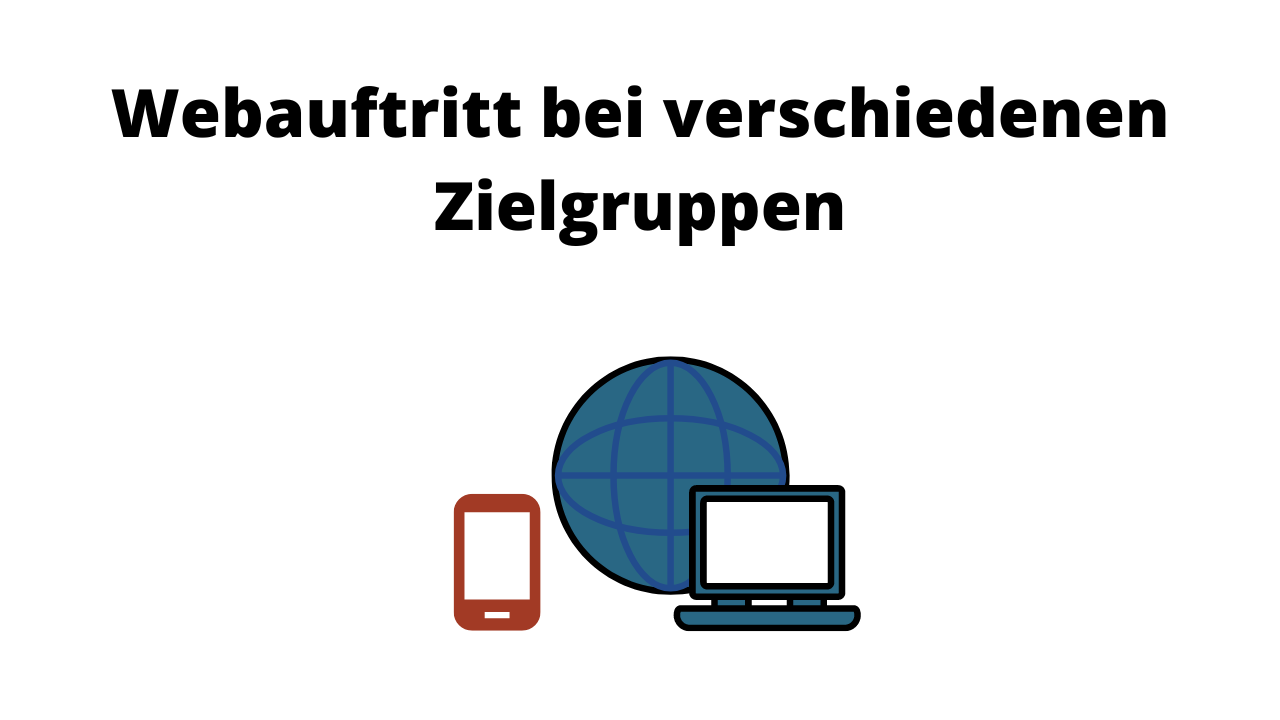
B2B audiences generally take more time to research. B2C target groups can lose interest more quickly if they don’t feel directly addressed. That’s why experts recommend focusing on B2C target groups first on the home page. B2B audiences are more likely to click through the navigation bar to get to relevant information. You could name a menu item “Business Customers” to create a clear separation.
You can also address the different target groups in terms of design. In addition to color differences, it is also advisable to use different media. For B2B target groups, you can use media that present the concrete benefits of your offer. B2C target groups are often addressed on an emotional level.
Addressing several target groups on one website is therefore possible, but not always necessary. Of course, you can also separate the two target groups completely by creating separate websites and Landing-Pages.
In these cases, one website may be better for multiple audiences:
- Your processes and tools are the same for both audiences.
- Point of sales are the same for both target groups.
- You want as little complexity and maintenance as possible with your homepage.
In these cases, multiple websites can be better for different target groups:
- Your processes and tools differ depending on the target group.
- The optimal user experience looks quite unfamiliar for your target groups.
- You want to see the differences between target groups in your digital tracking.
You are not sure which variant is better suited for your web presence? Then let’s analyze and evaluate your situation together.

Vorlage mit drei Schritten
Direkt in deinen Posteingang 👇
Conclusion on target audience analysis
A target audience analysis brings you many advantages in the B2B and B2C area because you can better address your desired customers. You can use the results of the analysis for your sales and marketing activities, and thus create an optimal sales funnel for your buyer persona.
